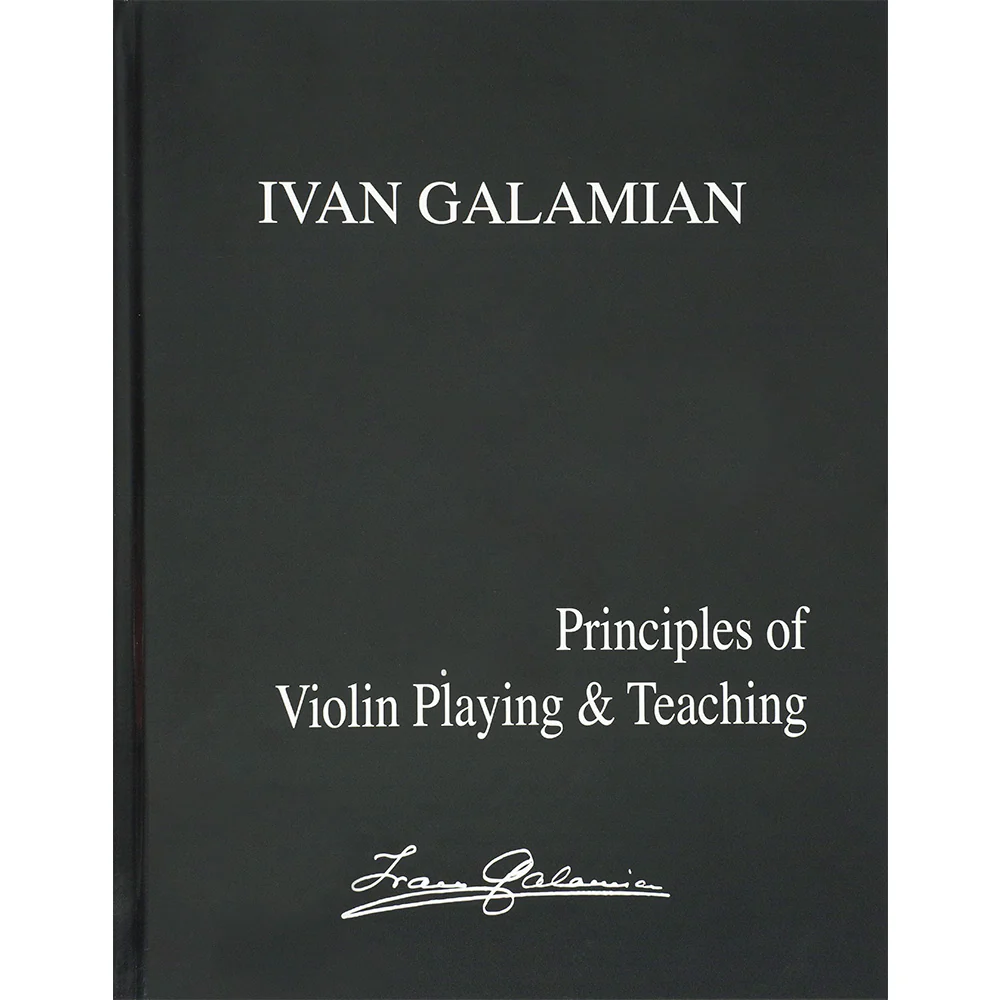“Nothing is more precious for a Musician than the ability to work efficiently, to know how to obtain the maximum positive results in the shortest possible time.” — Ivan Galamian
If you’re learning the violin, you probably already know that progress doesn’t come only from lessons, it comes from how you practise on your own. Personal study is where real learning happens: analysing, experimenting, and internalising what your teacher has shared.
But here’s the truth: there isn’t just one “perfect” way to practise the violin. Every student is different. A good teacher guides you towards discovering the approach that works best for your body, your mind, and your personal interpretation of music.
In this article, I’ll share my interpretation of Ivan Galamian’s three essential keys to effective violin practice. These principles will help you practise more efficiently, stay motivated, and achieve long-term results on your instrument.
2. Define Clear Practice Goals
Without goals, practice quickly turns into unfocused repetition. Setting goals helps you measure progress and adjust your study method when needed.
Think of your violin goals in three levels:
- Short-term goals → What do you want to accomplish today in your practice?
- Medium-term goals → Monthly milestones, such as learning a new scale or polishing a section of a piece.
- Long-term goals → Larger achievements, such as mastering a concerto, preparing for an audition, or building solid bow technique.
Each level should connect to the next—daily goals feed into monthly ones, which build towards yearly success.
The 3 Periods of Violin Practice (Galamian’s Method)
Ivan Galamian recommended dividing practice into three parts:
The Construction Period
Focus on fundamentals: scales, arpeggios, and technical studies. Always progress from simple to complex in small, manageable steps. Think of it like building a staircase—each step must be strong before you climb higher.
The Interpretation Period
Here’s where technique meets artistry. Ask yourself:
- How can I use my technique to express my musical ideas?
- How do I shape a piece so it tells a story?
Break the music down to understand it technically, then reassemble it with expression and style.
The Performance Period
Nerves often sabotage good playing. That’s why you must practise performing. Play pieces from beginning to end as if you’re in a concert—without stopping for mistakes.
This builds flow, focus, and resilience, preparing you for real performance situations.
3. Develop a Critical Ear
To improve, you must become your own best teacher. That means training a critical ear—an objective, honest way of listening to yourself.
Be careful not to let wishful thinking fool you into believing something sounds better than it does. Compassion is important, but when it comes to evaluating practice, objectivity must prevail.
How to Sharpen Your Critical Ear
- Record yourself regularly. It may feel uncomfortable at first, but recordings don’t lie. They reveal details your brain misses while you play.
- Listen as your audience would. This helps you set clear, realistic goals for improvement.
- Review without judgement. Note what worked and what didn’t, then plan your next practice session accordingly.
Over time, listening back becomes less uncomfortable, and you’ll notice that your daily playing and your recordings start to match more closely. That’s when you know your critical ear is developing.
Final Thoughts
Efficient violin practice isn’t about practising for hours; it’s about practising with awareness, goals, and objectivity. By focusing your concentration, setting smart practice goals, and developing a critical ear, you’ll unlock faster progress and enjoy the process of making music.
Remember: every violinist is unique. The best practice technique is the one that feels natural, effective, and inspiring for you.
Now it’s your turn:
What’s one practice habit you’d like to improve this week? Try applying one of these three keys in your next session.

